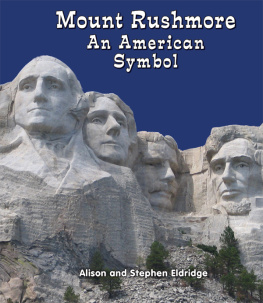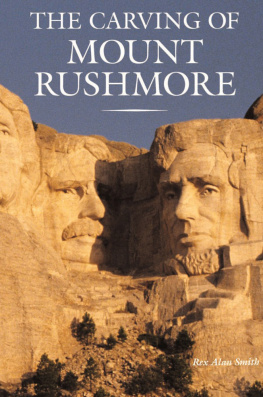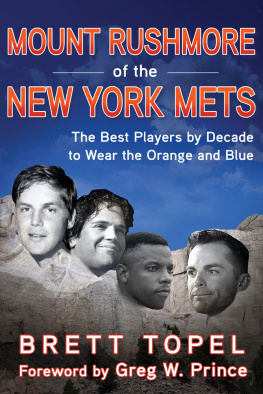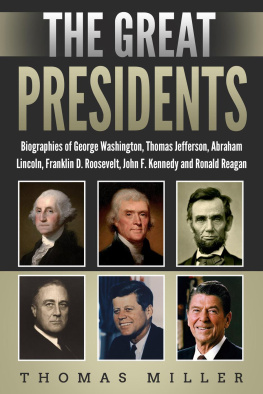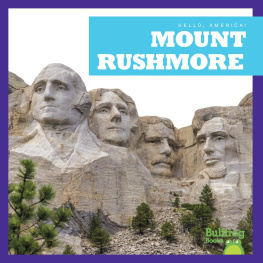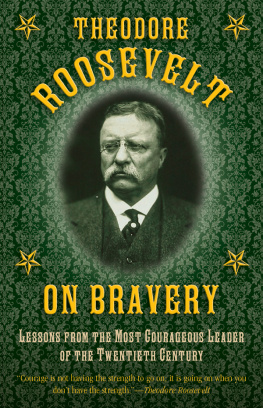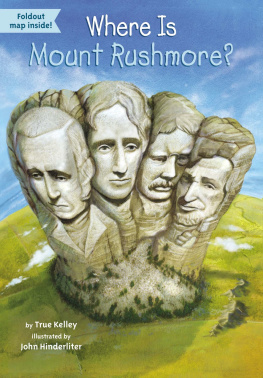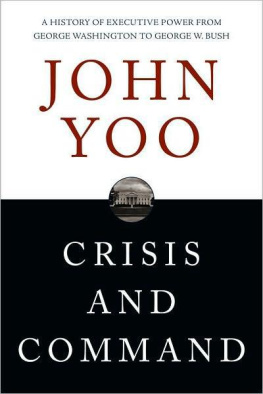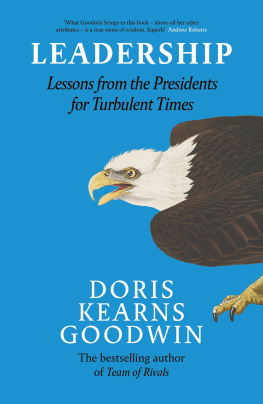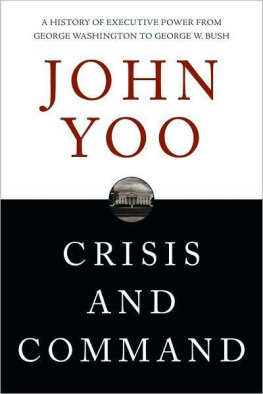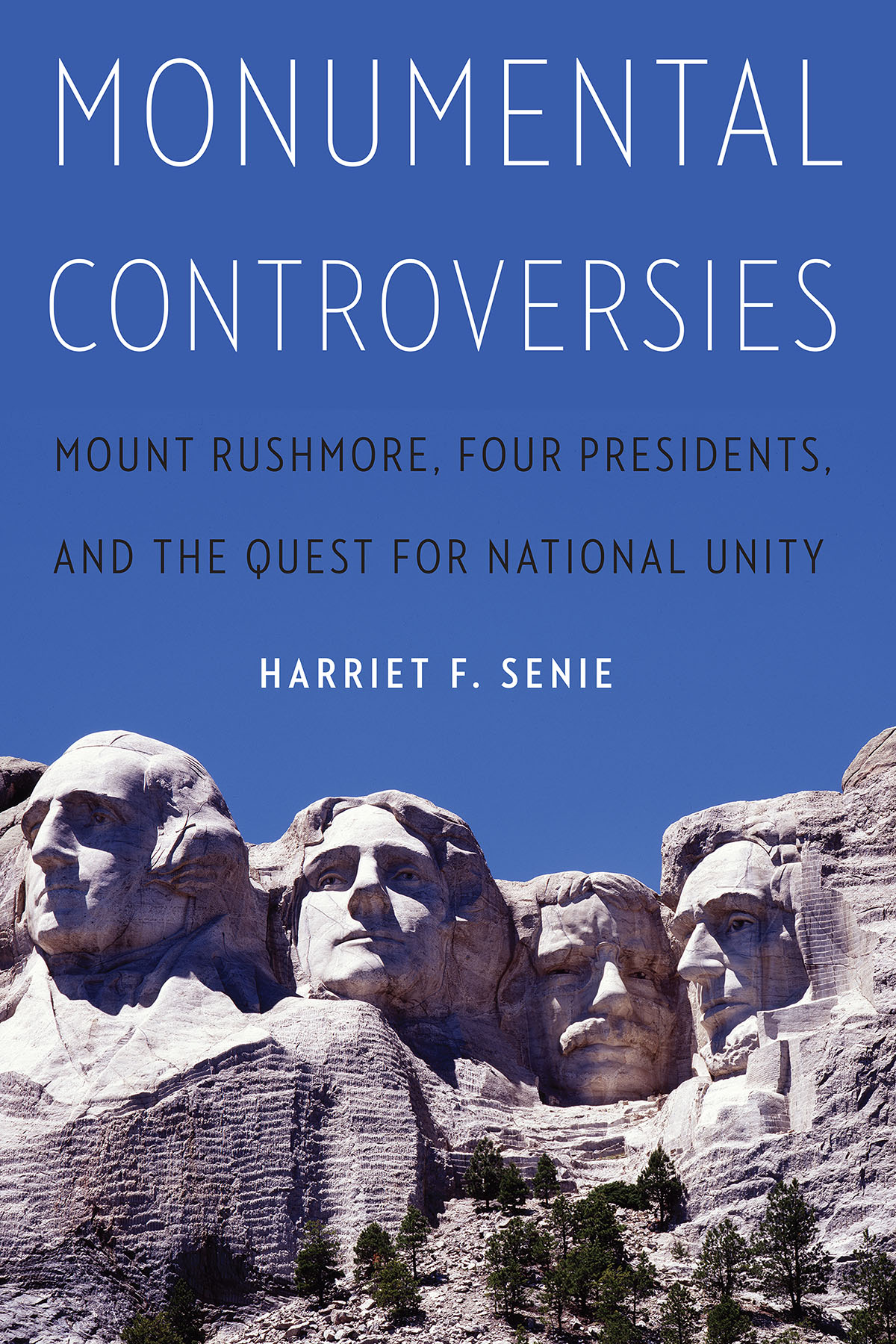
Monumental Controversies is a much-needed and overdue corrective to what Harriet Senie rightly terms an either/or mindset that dominates present-day discussions of historical monuments.... A must-read for all Americans who yearn for a more informed and nuanced assessment of our countrys commemorative tradition.
Sally Webster, author of The Nations First Monument and the Origins of the American Memorial Tradition
Harriet Senie has taken on the problematic and iconic Mount Rushmore to cut to the heart of what is dividing America.... The only way to move beyond toxic divisiveness is to reckon with history, and this book offers a clear-eyed assessment of the contributions and failings of U.S. presidents Washington, Jefferson, Lincoln, and Roosevelt to pave the way for new national origin stories. Senie draws on her extensive knowledge of public commemorative sculpture to examine how these four men have been honored in monumental form and how new memorials, institutions, and initiatives are beginning to tell more accurate histories inclusive of Indigenous and Black experiences and voices.
Jennifer Wingate, author of Sculpting Doughboys: Memory, Gender, and Taste in Americas World War I Memorials
How do monuments such as Mount Rushmore contribute to a national myth in which the four presidents depictedWashington, Jefferson, Lincoln, Rooseveltare lauded in history books as heroes, and yet each, in their own way, held values which are no longer acceptable in todays world? Should their flaws, as grave as they may be, obscure the contributions they brought to the nation? And who is to judge? A must-read for anyone seeking to understand the complexities inherent in Americas commemorative landscape.
Marie-Louise Jansen, program director of Contested Histories, Institute for Historical Justice and Reconciliation, The Hague, the Netherlands
Monumental Controversies
Mount Rushmore, Four Presidents, and the Quest for National Unity
Harriet F. Senie
Potomac Books
An imprint of the University of Nebraska Press
2023 by Harriet F. Senie
Cover designed by University of Nebraska Press; cover image courtesy Library of Congress Prints and Photographs Division, LC - DIG -highsm-14260.
All rights reserved. Potomac Books is an imprint of the University of Nebraska Press.
Library of Congress Cataloging-in-Publication Data
Names: Senie, Harriet, author.
Title: Monumental controversies : Mount Rushmore, four presidents, and the quest for national unity / Harriet F. Senie.
Other titles: Mount Rushmore, four presidents, and the quest for national unity
Description: [Lincoln, Nebraska] : Potomac Books, an imprint of the University of Nebraska Press, [2023] | Includes bibliographical references and index.
Identifiers: LCCN 2022045683
ISBN 9781640124998 (cloth)
ISBN 9781640125858 (epub)
ISBN 9781640125865 (pdf)
Subjects: LCSH : MonumentsUnited StatesPublic opinion. | MemorialsUnited StatesPublic opinion. | Mount Rushmore National Memorial (S.D.)History. | Washington, George, 17321799Monuments. | Lincoln, Abraham, 18091865Monuments. | Jefferson, Thomas, 17431826Monuments. | Roosevelt, Theodore, 18581919Monuments. | PresidentsMonumentsUnited States. | United StatesRace relationsHistory. | BISAC : HISTORY / Social History | ARCHITECTURE / Buildings / Landmarks & Monuments
Classification: LCC E 159 . S 52 2023 | DDC 973dc23/eng/20221007
LC record available at https://lccn.loc.gov/2022045683
The publisher does not have any control over and does not assume any responsibility for author or third-party websites or their content.
In memory of my parents, Gerda and Ernest Freitag
For my daughter, Laura Kim Senielike always
And for Bruce Glaser
Contents
The idea for this book was prompted by my experience serving on the New York City Mayoral Advisory Commission on City Art, Monuments, and Markers in the fall of 2017. Formed in the wake of the protests over the Unite the Right white supremacist rally in Charlottesville, Virginia, that led to the removal of Confederate memorials in a number of states across the nation, the nineteen-member commission was charged with recommending best practices for addressing controversial monuments in New York City and applying them specifically to four local works: the plaque to Philippe Ptain in the Canyon of Heroes in lower Manhattan, a statue to Dr. J. Marion Sims on Fifth Avenue at 103rd Street, an equestrian monument to Theodore Roosevelt in front of the American Museum of Natural History ( AMNH ), and the statue of Christopher Columbus in Columbus Circle. During our three in-person meetings, it became clear that many commission members were locked into a kind of either/or thinkingas in either Teddy Roosevelt was a good guy or a bad guy. When the subject of his equestrian monument came up, I recognized it as a fine work of art. So, as the only art historian on the commission, I decided to do some initial research to share with the group in order to better understand its historical context. Subsequently the AMNH hired me to expand that study for use in an exhibition about the controversy. This work enabled me to become more familiar with Theodore Roosevelts policies as well as the memorials dedicated to him.
Roosevelt is one of the four presidents represented on Mount Rushmore. I had taught several graduate seminars on memorials that included discussions of memorials pertaining to the other three: George Washington, Thomas Jefferson, and Abraham Lincoln. That experience merged with my participation on the mayoral commission and led me to focus on Mount Rushmore as a way of exploring the divisive, dead-end kind of either/or thinking that has become so prevalent and toxic in our culture. In the course of my research, it became clear to me that the controversies focused on Mount Rushmore and other the memorials dedicated to the four presidents were really about definitions of national identity and unity.
I explored these ideas and benefited from feedback in response to several public presentations, in particular a talk I gave at Fairfield University in 2020 on the subject of this book. I also had productive discussions as a panelist on Contested Legacies: Public Monuments in Global Perspective (Columbia University, 2020); Best Practices in Setting Up Commissions (Organization for Security and Cooperation in Europe [ OSCE ], The Hague, 2019); Memorials Reconsidered: Controversies, Resolutions, and Strategies Moving Forward (The European Fine Art Foundation [ TEFAF ], New York, 2018); and Monuments, Memory and the Evolution of Meaning (City University of New York [ CUNY ] Graduate Center, 2019).
Publications resulted from two related panels that I co-chaired for annual meetings of the College Art Association. Teachable Monuments: Using Public Art to Spark Dialogue and Address Controversies in Los Angeles (2018) resulted in the eponymous anthology co-edited by Sierra Rooney, Jennifer Wingate, and me. The Challenges of Commissioning Memorials: Symbolic Actions, Political Pressures and Visual Literacy in Chicago (2020) laid the groundwork for a future work that Cher Krause Knight and I are planning based on our experiences on public commissions in Boston and New York.
I have been fortunate to be able to explore the ideas expressed here with graduate students at City College and the Graduate Center, CUNY . I have also discussed them with an informal group of scholars (many of my former PhD students) who focus on public art: Jennifer Favorite, Sheila Gerami, Marisa Lerer, Sierra Rooney, Sara Weintraub, and Jennifer Wingate. I have benefited from their insights as well as their work. I owe a special thanks to Cher Krause Knight and Sally Webster, close friends and co-editors on several anthologies devoted to public art. Our conversations have always been helpful. Hadley Newton, who worked with me on this book from its inception, is the best research/editorial assistant anyone could hope for. I am also particularly grateful to the people who read my work: first and foremost, my daughter, Laura Kim Senie, who has been editing my writing ever since I realized she had this skill, and whose contributions to this book are immeasurable. Elke Solomons encouragement and comments have improved this as well as other books I have written. Bruce Glaser has been with me throughout this project in many ways and provided essential valuable insights, most notably suggesting Mount Rushmore as the focus of this book.
Next page

